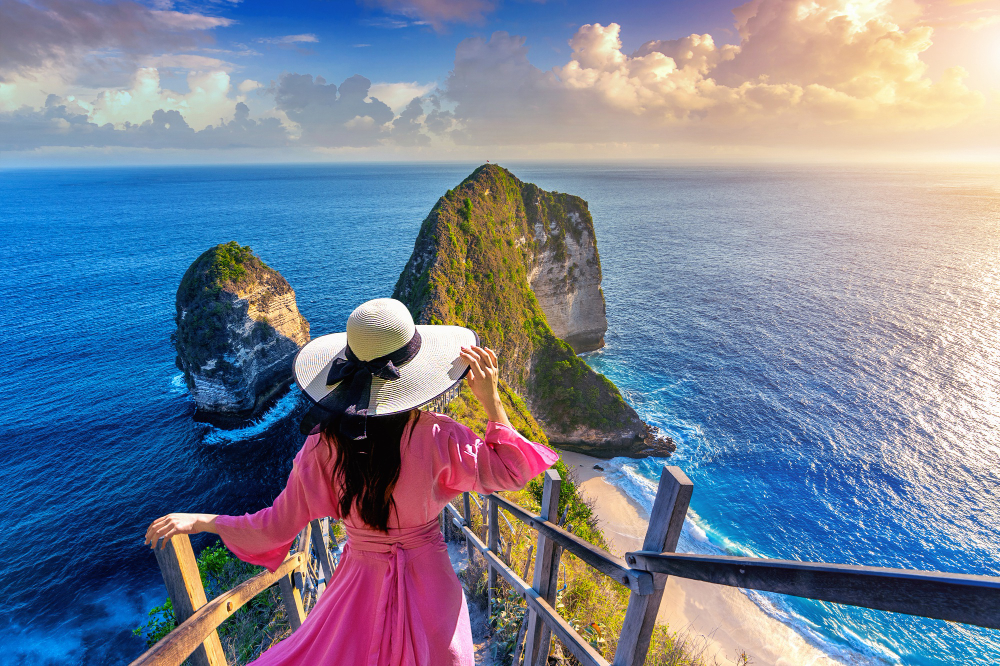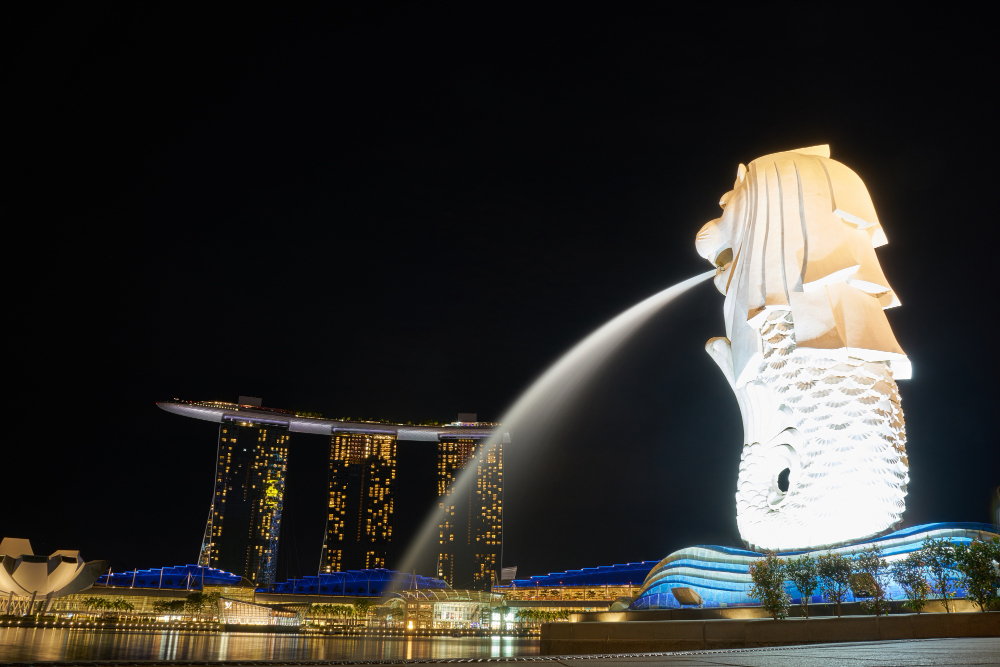Masai Mara National Park, one of Africa’s most renowned wildlife reserves, offers a breathtaking experience for nature lovers and adventure seekers alike. Understanding the best time to visit this magnificent park can enhance your safari experience, allowing you to witness the stunning landscapes and diverse wildlife in their prime. Here’s a comprehensive guide to help you plan your visit.
The Great Migration
July to October The period between July and October is often regarded as the best time to visit Masai Mara due to the Great Migration. During this time, millions of wildebeest, zebras, and other grazing animals migrate from the Serengeti in Tanzania to the Masai Mara in search of greener pastures. This natural spectacle is a sight to behold, as predators such as lions, cheetahs, and hyenas follow the herds, creating thrilling wildlife encounters. The weather during these months is generally dry, making it easier to traverse the park and spot wildlife.
Highlights of the Migration Season:
Wildlife Viewing: Witness the dramatic river crossings at the Mara River, where many animals face the peril of crocodiles.
Photographic Opportunities: The vibrant landscapes and dynamic animal interactions provide excellent opportunities for photography.
Cultural Experiences: Engage with the local Maasai communities, learning about their traditions and lifestyle.
The Dry Season: June to October
The dry season, which spans from June to October, is another excellent time to visit Masai Mara. During these months, rainfall is scarce, leading to less vegetation and making wildlife spotting easier. Animals tend to congregate around water sources, providing visitors with remarkable viewing opportunities.
Advantages of Visiting During the Dry Season
Clear Visibility: With fewer bushes and trees, spotting animals becomes significantly easier.
Comfortable Weather: The temperatures are generally mild, making for pleasant game drives and outdoor activities.
Less Crowded: Though the migration attracts many tourists, early June and late October can be less crowded, offering a more intimate experience with nature.
The Green Season
November to MarchThe green season, from November to March, brings a different charm to Masai Mara. This period marks the short rains (November to December) and the long rains (March to May). Although wildlife viewing can be more challenging due to the lush vegetation, this season has its own unique advantages.
Benefits of the Green Season:
Birth of New Life: Many animals give birth during this time, providing opportunities to see adorable young animals, such as calves and cubs.
Bird Watching: The park becomes a haven for birdwatchers, with migratory birds arriving and the resident species displaying vibrant plumage.
Lush Landscapes: The park transforms into a vibrant green paradise, offering stunning scenery and a different perspective of the wildlife.
Weather Considerations
Understanding the weather patterns in Masai Mara is crucial for planning your visit. The park experiences two main rainy seasons: the short rains from November to December and the long rains from March to May. While these months can present challenges, such as muddy roads and occasional downpours, they also offer unique wildlife experiences.
Key Weather Insights:
Temperature: Daytime temperatures range from 20°C to 30°C (68°F to 86°F), while nights can be cooler, especially during the dry season.
Rainfall: The park receives an average of 800mm to 1,200mm of rainfall annually, with the majority falling during the rainy seasons.
Conclusion: Choosing Your Ideal Time
Ultimately, the best time to visit Masai Mara National Park depends on your personal preferences and what you hope to experience. Whether you are eager to witness the Great Migration, enjoy the dry season’s wildlife viewing, or appreciate the beauty of the green season, each time offers a unique and unforgettable experience.
Plan your trip according to your interests, and prepare for an adventure of a lifetime in one of the world’s most spectacular wildlife destinations.




